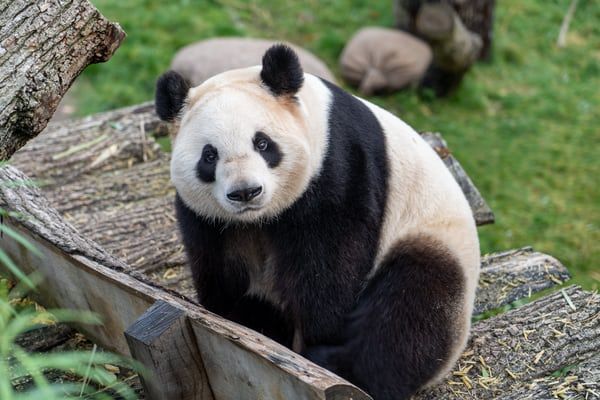At-risk species of animals have been put under various categories depending on the severity of the situation and the projected timeline of their extinction. This collation of data is known as the ‘red list’. The criteria for this list is designed by the International Union for Conservation of Nature, which works for the protection of the environment through policy design.
According to the website of IUCN, it keeps track of the global inventory of the plant and animal species and further categorises them based on quantitative data. The classification of these at-risk species is known to be accepted by almost all countries around the world.
Also Read: 5 ways to restore land and combat desertification
The IUCN red list is divided into nine major categories that include ‘Not Evaluated’, ‘Data Deficient, ‘Least Concern’, ‘Near Threatened’, ‘Vulnerable’, ‘Endangered’, ‘Critically Endangered’, ‘Extinct in the Wild’ and ‘Extinct’, according to the organisation’s website.
The list also gives feedback on the population size, range, threats, habitat, conservation actions and ecology of these species to help countries form policies that aim to safeguard the environment and promote sustainability.
More than 37,000 species, including plants and animals, currently fall under the threat of extinction. Moreover, these endangered plants and animals are part of a small chunk of the assessed species, while not enough data is available to measure the risk faced by other beings.
Also Read: Mount Recyclemore : Highlighting e-waste problems to G7 leaders
So far, the IUCN has assessed 134,425 plants and animals from around the world and have set the target of finding relevant data on 160,000 more species, according to the information available on the website.
The IUCN red list data is used by natural resource planners, national and international governmental agencies, Non-governmental bodies, educational institutions, zoos and aquariums and policy makers who work for environmental causes.







